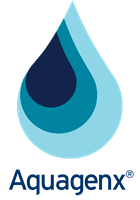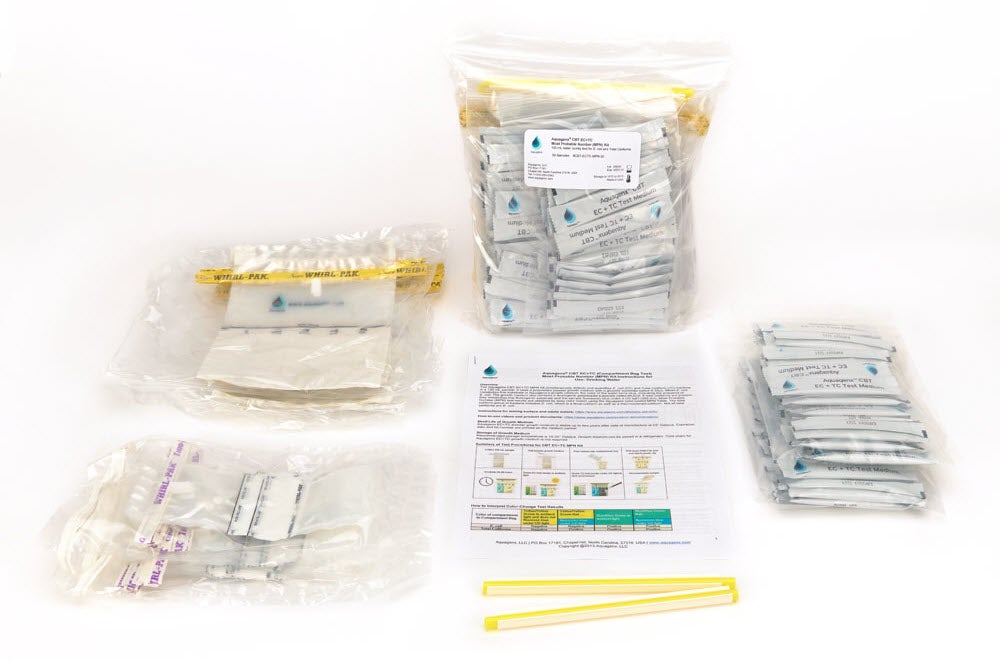Water Quality Testing of Wastewater
Wastewater is used water that comes from homes, farms, hospitals, healthcare facilities, commercial enterprises such as agricultural and livestock production, and manufacturing and industrial companies. If wastewater enters waterways before it is properly treated, it can have harmful and lasting effects on the health of humans, animals and the environment. Insufficient treatment of wastewater and fecal sludge spreads disease and is a driver of antimicrobial resistance.
A great deal of wastewater, treated or untreated, eventually ends up in rivers, streams, lakes, and oceans. It is sometimes carried via groundwater used for well water and drinking water. Well water contaminated by sewage is a common cause of outbreaks of wastewater related diseases. Around the world, the reuse of wastewater as source water and nutrients for agricultural purposes is growing in response to population growth, urbanization, increasing water scarcity and the effects of climate change. For all these reasons, wastewater must be uncontaminated by fecal pathogens.
Antimicrobial Resistant E. coli in Wastewater
Antimicrobial resistant (AMR) E. coli is often very resistant to several antibiotics. Such resistance has been increasing for decades due to overuse and misuse of antibiotics in human and animal medicine. Antimicrobial resistance is a global public health issue, including in developed countries. A common strain of AMR E. coli is called ESBL (extended-spectrum beta-lactamase-producing) E. coli. These strains are considered critical priority pathogens by the World Health Organization.
When humans and animals have persistent ESBL E. coli in their gut or consume them, their infected feces can enter effluent and sewerage. Effective monitoring and surveillance of wastewater treatment facilities is needed to support prevention and control of AMR occurrence and transmission.
Aquagenx Test Kits for Wastewater Treatment Facilities
AMR ESBL E. coli Kits
AMR ESBL E. coli test kits provide either Most Probable Number (MPN) or Colony Forming Units (CFU) test results.
E. coli + Total Coliform Kits
E. coli + Total Coliforms test kits provide either Most Probable Number (MPN) test results for wastewater testing.

